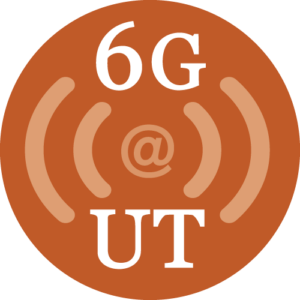“By 2015, unmanned drones will be allowed in U.S. airspace, raising many questions about our national security and privacy. What some University of Texas researchers set out to prove was whether it took much effort to hack them. With just $1,000 worth of software, the group was able to successfully hijack a civilian drone. Dr. Todd Humphreys and his team of students first experimented at the University of Texas at Austin. Then, the team was asked to demonstrate the process for the Department of Homeland Security. Dr. Humphreys and graduate student Daniel Shepherd explain how they were able to hack into the drone, and what implications it has for our nation’s safety.”
Continue to CNN to watch the video interview with Daniel Shepard and Dr. Humphreys.













